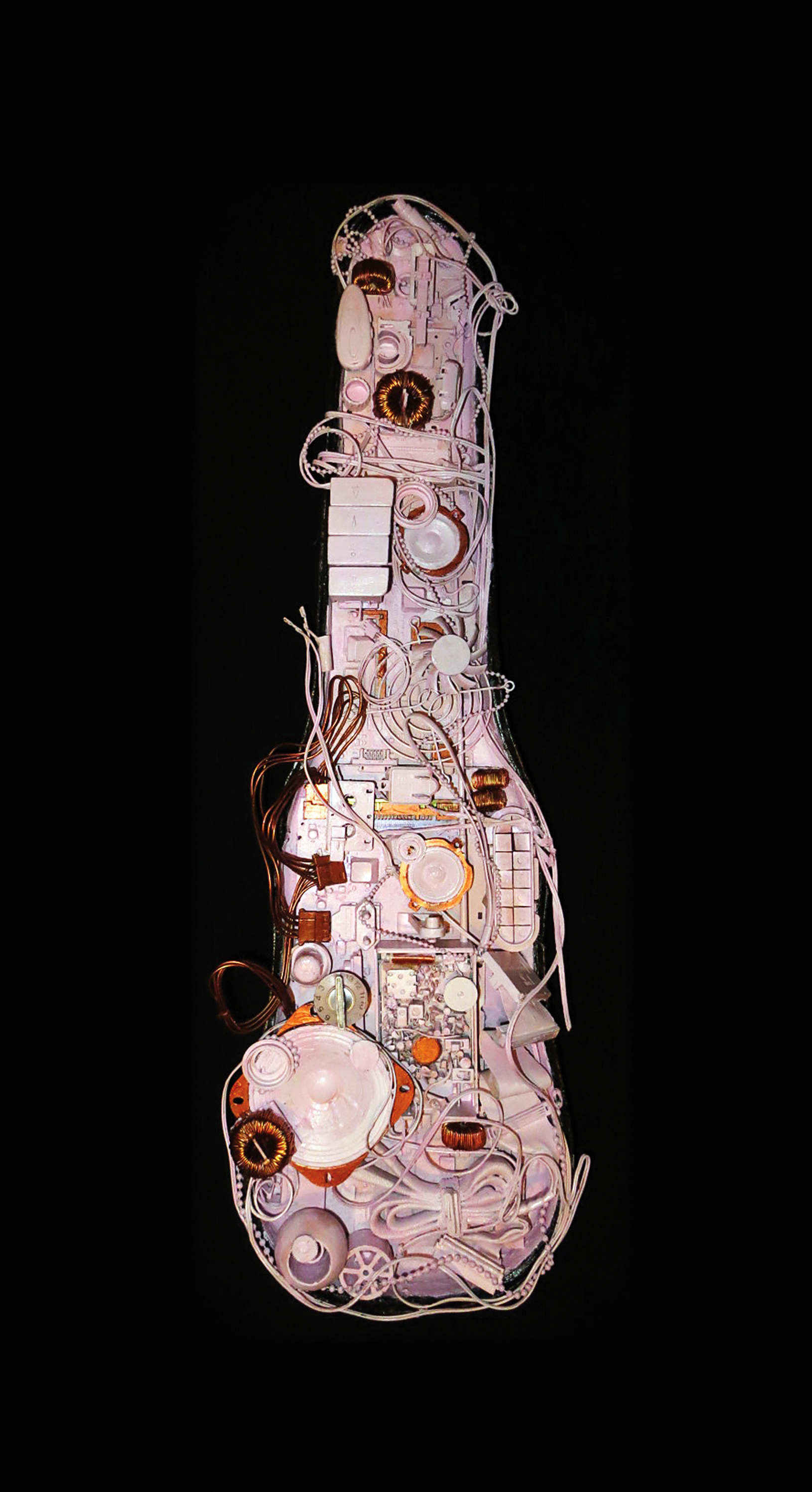I’ve written about vocoders in previous issues of Tape Op, so I won’t go into a lot of theory here, but check this review for more of the basic operational theory of vocoding. Arturia has recently released two new vocoders to their line. The first is a software plug-in vocoder modeled after the classic and iconic Moog 16-channel (Bode model 7702) vocoder. I've had a chance to use real hardware units of this vocoder and I will say that Vocoder V does a great job of capturing the sound and vibe of the original unit (which is one of the best sounding vocoders ever) by using the classic Moog ladder filter design.
There is one caveat, however, and that is that the carrier is a fixed model of an analog synthesizer, albeit a great-sounding one that most people should be quite happy with. Where Arturia really ups the ante on Vocoder V is in the modulator section which allows not only a vocal (or any other instrument) input, but a versatile and sophisticated sampler section so that various samples can act as the modulator. If you are looking for a rock-solid and easy-to-use vocoder for traditional vocal effects in your DAW (or triggering the vocoder effect from other instruments and sound sources) Vocoder V is a great choice. And if you're new to vocoding, the presets and built-in samples will very quickly give you a ton of ideas on how you can use a vocoder within your tracks. I wish there was an option to use an external signal as the carrier, but let’s see what the future brings – Arturia is notorious for releasing updates with very significant new capabilities. Their first CMI V update, for instance, added an FFT resynthesis engine to the CMI, so fingers crossed Vocoder V eventually sees an external carrier option.
As much as I’m digging Vocoder V I’m having even more fun with the new MicroFreak 3.0 update which is free and includes a vocoder mode among other things. Check my original review of MicroFreak here for the basics and overview of this synth. First off the way that Arturia has managed the hardware side of the modulator input is brilliant. The headphone jack on the back of the unit is a TRRS connection instead of the standard TRS connection. This allows the connection of both a pair of stereo headphones and an unbalanced microphone or line level signal on the same jack. Pretty sneaky to spec that out on the original MicroFreak and then start releasing updates that take advantage of it over a year later! For the new vocoder options, you can buy a MicroFreak with a built-in mic or use any standard headset mic that uses the TRRS 1/8-inch jack. Or, you can wire up an adapter cable and patch in whatever you like. The factory Arturia Vocoder Microphone with its flexible stainless steel gooseneck and standard foam pop filter, however, is very smartly designed and sounds great. It plugs into the back of the unit and is very secure once connected. Also, on the back of the microphone plug assembly is a 1/8-inch TRS stereo jack so you can still use headphones which is very well thought out.
The best thing about MicroFreak Vocoder is that it’s a physical unit I can hold in my hands, and we all know it’s more fun to play with real instruments than virtual ones. What this means in terms of MicroFreak is that you not only get a great-sounding 16-band vocoder but you have all the modularity of the full-featured MicroFreak synthesizer including its sequencer/arpeggiator, LFO, real analog filter, and of course the capacitive touch keyboard. In other words, you can go way beyond what most traditional vocoders are capable of. For instance, you can set the LFO to modulate the analog filter, turn up the glide/portamento, then as you vocalize and play different notes, you'll end up with a patch and sound very unlike anything you could generate on most vocoders. The carrier signal can be set to a triangle wave, square wave, pulse wave, or noise. This will give you just about any classic vocoder effect you might want, including the Darth Vader vocoded noise patch. So, while you may not be able to feed an external audio signal to the carrier section of MicroFreak’s vocoder, I think this is one of the more advanced performance-oriented hardware vocoders on the market. I own a few other digital hardware vocoders, and I plan to sell several of them now.
Before I leave this roundup of a review, I also need to talk about the new V3 update to MicroFreak. Because this synth is digital with an analog filter, that means Arturia can keep updating the digital side. The free V3 update not only adds the vocoder, but also three new oscillators they worked on in partnership with Los Angeles-based modular synth wizards Noise Engineering. SawX takes the sawtooth waveform then adds chorus and phase modulation to the mix. Harm combines additive synthesis with wave folding, and Bass is based on a non-linear waveshaping algorithm. In my initial review of MicroFreak [Tape Op #134], I compared it to the Buchla Music Easel [#141], and with the new options in the V3 update, this synth becomes an even more versatile and fun to play instrument/sonic processor. Plus, at under $300, I think this is one of the best synthesizer values on the market.




_disp_horizontal_bw.jpg)